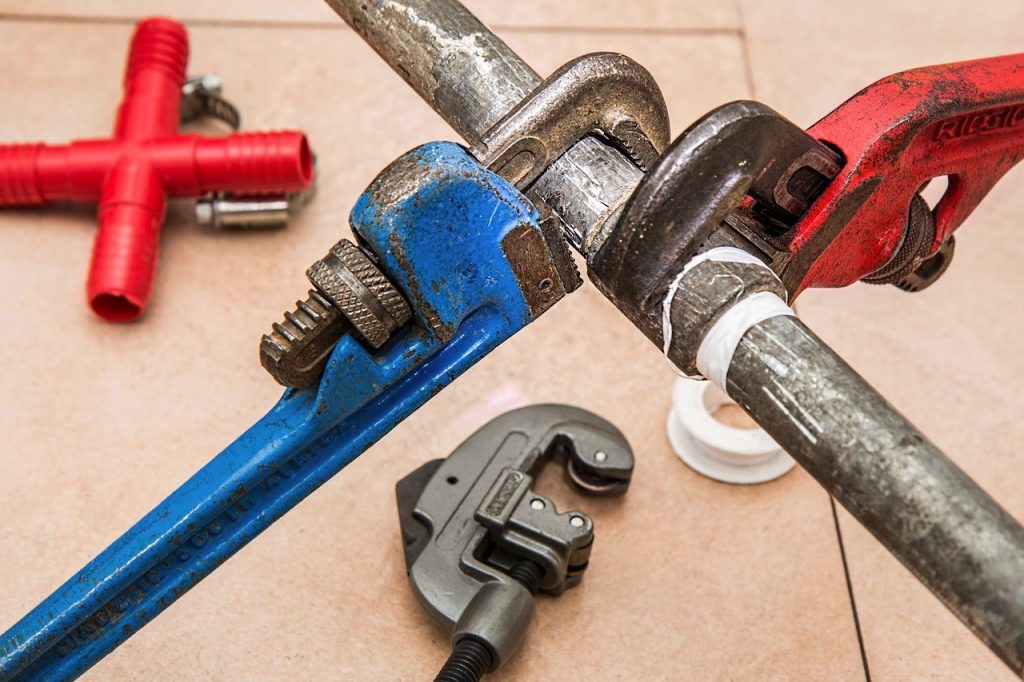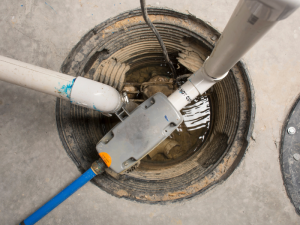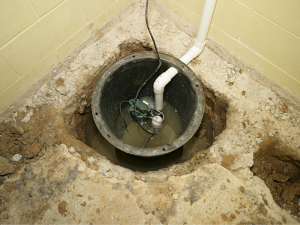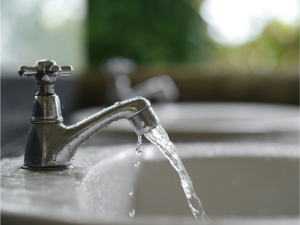When listing your most essential home equipment, it is unlikely that a sump pump will be on the list, and even less likely to be at the very top. However, without a sump pump, your home can be rendered inhabitable. Think of the last time when your basement was at risk of flooding. Your sump pump kicked in and in a little while the crisis was averted. While having a sump pump is non-negotiable especially if your home is prone to floods, knowing how it works, how to maintain it as well as where it should be placed is fundamental. Before we explore how it works, let’s first define a sump pump.
What is a sump pump?
Invented by Karl Niedermeyer in 1946, sump pumps are pumps that are used to pump water from a crawlspace or the lowest part of a basement, keeping the area dry and preventing it from flooding. Sump pumps can be submersible or pedestal. While submersible sump pumps are completely hidden in the sump pit, pedestal sump pumps are mounted above the floor. Sump pumps are essential in low-lying areas as well as areas where the rapid melting of snow can cause flooding in the basements.
How does a sump pump work?
As discussed above, sump pumps are designed to prevent flooding in the lowest parts of a home. But how exactly do they work? When the lower points of a home become flooded, sump pumps will automatically turn on when water reaches a certain amount. The water is then pumped out of the flooded region. To keep the water flowing out and not back in, sump pumps are fitted with a check valve. However, one of the most common mistakes that homeowners make when working with sump pumps is wrongly placing the sump pump discharge pipe. When wrongly placed, the water drained could find its way back to your basement.
Sump pumps are also fitted with a motor, a fan-like device that pushes the water out through the drainage pipe. Most motors are electrically powered. Luckily, there are hand sump pump options. These come in handy if there are power interruptions, especially caused by flooding. Also, another alternative to an electricity-free sump pump is a battery backup. These ensure that even without electrical power, you can still keep your home flood-free and safe.
What activates a sump pump? Sump pumps are designed with a float sensor that automatically turns on when the water reaches a certain level. However, even without a float sensor, you can still activate the sump pump manually.
Why do you need a sump pump?
If you have not experienced a flooded home yet, you may underestimate the importance of a sump pump. However, you may need a sump pump in your home especially if:
- You have a wet basement– What happens when your basement is flooded due to foundation cracks, overflowing gutters, broken or leaky pipes? This is not only unhealthy but also dangerous especially if you have your children and even animals running around in your home. To prevent such flooding issues, ensuring you have a functional sump pump can prevent accidents while also keeping your home safe.
- If you are located in an area that has a history of flooding– If your home area has a history of flooding, then a sump pump is vital. However, ensuring you strategically place the sump pump to effectively drain the water is key. Also, having an automatic sump pump as opposed to a manual one is advisable since floods can occur when you are away.
- You live in an area with lots of snow or rain– Living in an area that is prone to lots of rain or snow means that you need a sump pump.
- Your home is located in a low-lying or flat area– Low-lying or flat areas tend to collect drainage water from high-lying areas. And since drainage can be a problem in such areas, a sump pump is the only way to ensure your home is safe from floods.
- You have a basement living space– If you use your basement as a living space, chances of flooding are high. A sump pump will protect your family as well as your equipment from water damage.
What should I consider when purchasing a sump pump?
With the wide variety of sump pumps available in the market, purchasing one can be difficult. Once you decide to purchase a sump pump, the next step is ensuring you get one that is suitable for your needs. Here are factors that you need to consider.
- The horsepower– One misconception that most people have when purchasing sump pumps is the need for a high horsepower sump pump. However, installing a high horsepower sump pump, whether pedestal or submersible, might make the pump fail prematurely. For basic domestic use, a smaller sump pump will be more efficient as opposed to a higher horsepower pump.
- Extra features– With recent technological advancements, you might want to opt for a sump pump that has extra features. For instance, some sump pumps will send water alarms as well as signals to connected devices if they develop faults. This helps you avoid surprise malfunctions.
- Float switch– With sump pumps, you can opt for mechanical float activators or electronic switches. While mechanical float activators are easier to inspect, they easily get stuck. To be on the safe side, install electronic switches. While they can be harder to replace, they take less room in the sump pit.
- Do you need a manual or automatic sump pump? – While manual sump pumps are less expensive, automatic ones are more convenient.
- Head pressure– This is the height that the sump pump can raise water. Ensure you choose a pump that can pump water out of the sump pit.
What if my sump pump does not run?
If your backyard is flooded, but your sump pump fails to run you might begin to panic. If you happen to find yourself in this unfortunate situation, working on having the sump pump function should be your priority.
For starters, ensure that the circuit breaker has not blown. You also want to remove any debris or build-up that could be blocking the sump pump. If this fails, check for clogs in the impeller or replace the pressure sensor or the float switch. Also, ensuring your sump pump is checked by a professional is a great step since other problems can be diagnosed. If none of these actions work, you might want to purchase a new sump pump.








